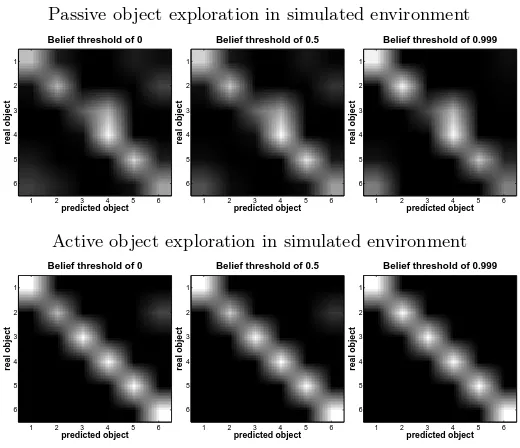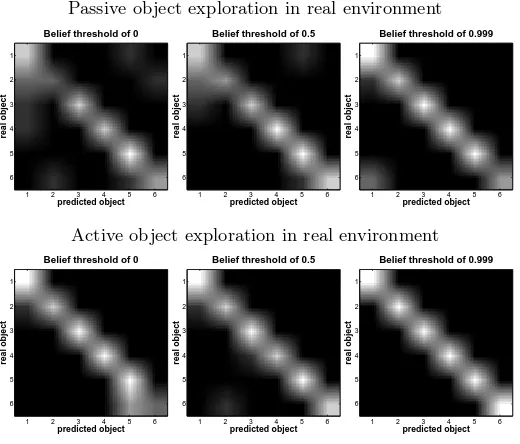Active Control for Object Perception and Exploration with a Robotic Hand
Full text
Figure
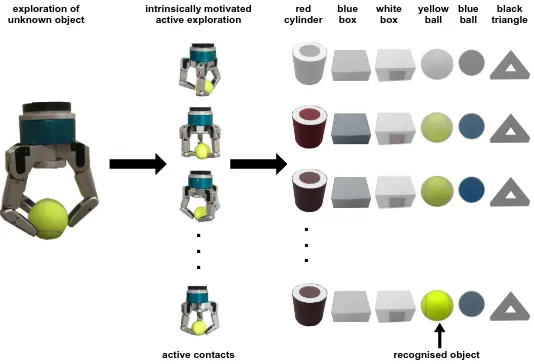
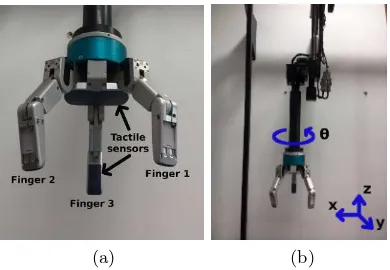
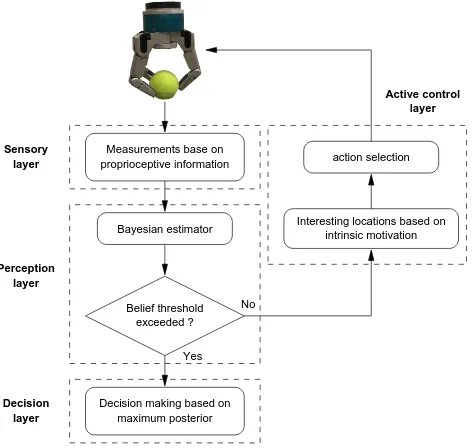

Related documents
This review will discuss the mechanism by which thrombin acts, the history of bovine thrombin, the development of human thrombin, methods of thrombin delivery in
႑ During the adjustment period (winter time) all thermostat valves should be fully open. The heat pump's heating settings are then adjusted so that the correct indoor temperature
In this paper, the authors find a permanent price effect (increase) for the additions while there is a temporary price effect (decrease) for the deletions. Therefore, neither of
Put simply, both our theory and empirical results suggest that freedom-compatible institutions which we think reflect the quality of the rule of law play a
metric Dirichlet-Discrete model with concentration parameter λ d. The hyper-prior must only assign positive density to valid hyper-parameter values and be sufficiently broad for
Assume that each such subset comprises items. The demand probability for each item in place in that subset is computed according to the Zipf distribution. The data access
At the end we have asked the beneficiaries to rate a score on an ordinal scale (5-point Likert scale) to find out their level of satisfaction of the services.. When we
Using a literature search, we examined (1) the frequency of SBCs resulting in fatal injuries; (2) the frequency of SBCs resulting in severe non-fatal injuries (here de fi ned
